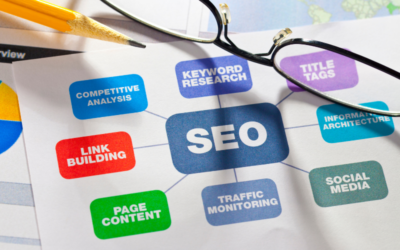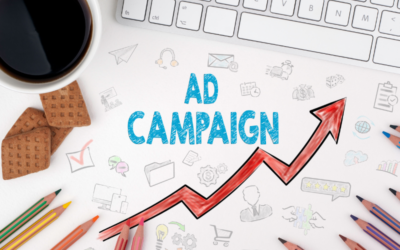When it comes to digital marketing, one of the most common debates is how to balance Search Engine Optimization (SEO) and Paid Search (PPC). Are they competitors in a fight for your marketing dollars, or are they complementary forces that work best together?
Spoiler alert: It’s the latter.
Think of SEO and Paid Search as peanut butter and jelly—each is great on its own, but together, they create something even better.
SEO: The Long Game
SEO is often seen as the marathon of digital marketing. It’s about building a foundation for long-term organic visibility through strategies like keyword optimization, high-quality content, backlinking, and technical website enhancements. While it’s not an overnight success story, the payoff is significant: consistent, cost-effective traffic that builds trust and authority over time.
Benefits of SEO:
- Sustainable Results: Unlike paid ads, which stop driving traffic as soon as you pause them, SEO efforts can continue to pay dividends for months or even years.
- Trust and Credibility: High-ranking organic search results often carry more weight with users, leading to greater brand trust.
- Cost-Effectiveness: While SEO requires investment, especially upfront, the per-visitor cost decreases as traffic grows.
But SEO’s long-term nature means you won’t see immediate results. That’s where Paid Search comes in.
Paid Search: The Quick Fix?
While it’s tempting to think of Paid Search as a quick fix, that’s an oversimplification. Paid Search isn’t just about driving instant traffic; it’s also a powerful tool for testing, learning, and scaling your marketing strategy. With the right approach, Paid Search delivers measurable ROI and complements your organic efforts.
Benefits of Paid Search:
- Immediate Results: Launch a campaign, and traffic starts flowing almost instantly.
- Targeted Reach: Hyper-specific targeting options ensure your ads are seen by the right audience at the right time.
- Data-Driven Insights: Paid campaigns provide valuable data on keyword performance, audience behavior, and conversion rates.
However, relying solely on Paid Search can be expensive and unsustainable over the long term. That’s why integration with SEO is key.
Why They’re Better Together
A strong digital marketing strategy leverages the strengths of both SEO and Paid Search to create a cohesive, data-driven approach. Here’s how they work hand in hand:
- Informing Keyword Strategy: High-performing keywords from Paid Search campaigns can guide your SEO content plans. If certain terms drive conversions in PPC, they’re worth targeting organically.
- Filling Short-Term Gaps: While waiting for your SEO efforts to gain traction, Paid Search can drive immediate traffic to your site.
- Testing and Iteration: Paid Search allows you to test headlines, calls-to-action, and landing pages. Apply what works to your SEO strategy.
- Reinforcing Visibility: Dominating both paid and organic search results increases your brand’s visibility and credibility.
- Cost Efficiency Over Time: As your SEO efforts reduce reliance on Paid Search, you can allocate ad spend to new opportunities and experiments.
How to Strike the Right Balance
Every brand’s needs are different, so finding the right balance between SEO and Paid Search requires a tailored approach. Here are some tips:
- Assess Your Goals: Need quick wins? Start with Paid Search. Looking to build sustainable traffic? Invest in SEO.
- Monitor Performance: Regularly review analytics to understand what’s working and adjust your strategy accordingly.
- Allocate Budget Wisely: Use Paid Search to fill gaps and drive immediate results, but don’t neglect the long-term benefits of SEO.
- Collaborate Across Teams: Ensure your SEO and Paid Search teams share data and insights to maximize impact.
The Takeaway
SEO and Paid Search aren’t an either-or choice; they’re complementary strategies that, when used together, create a more robust digital marketing plan. A well-executed SEO strategy reduces reliance on paid ads over time, while Paid Search delivers the immediate traffic and insights needed to optimize your overall approach.
So, how does your team approach the balance between SEO and Paid Search? Share your experiences and let’s keep the conversation going!



